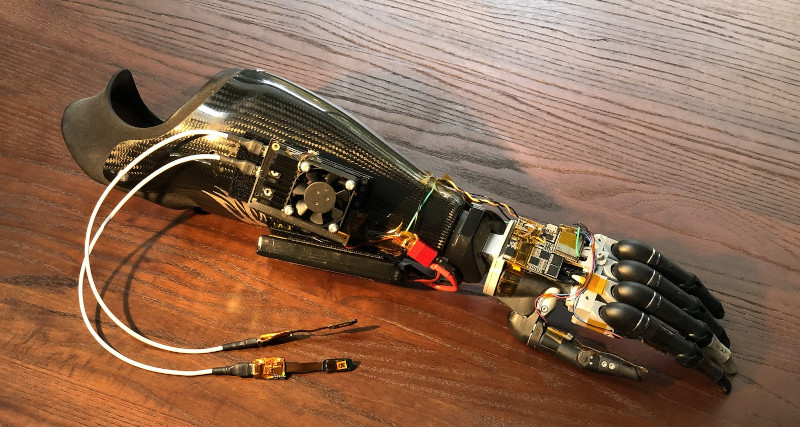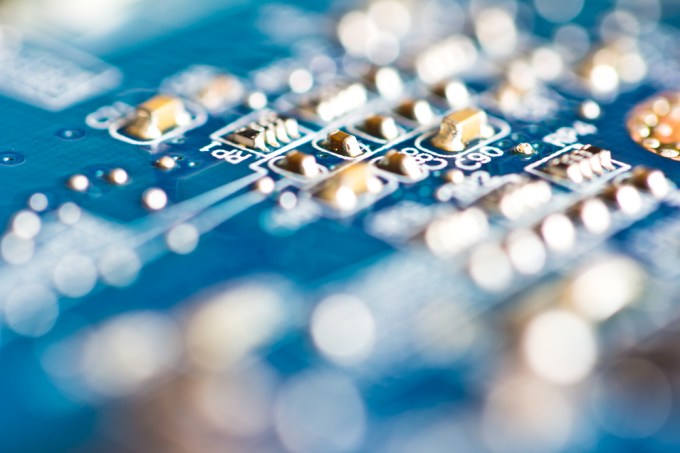In case you didn’t make it to the ISCA (International Society for Computers and their Applications) session this year, you might be interested in a presentation by [Joel Emer] an MIT professor and scientist for NVIDIA. Along with another MIT professor and two PhD students ([Vivienne Sze], [Yu-Hsin Chen], and [Tien-Ju Yang]), [Emer’s] presentation covers hardware architectures for deep neural networks.
The presentation covers the background on deep neural networks and basic theory. Then it progresses to deep learning specifics. One interesting graph shows how neural networks are getting better at identifying objects in images every year and as of …read more
 Continue reading Hardware for Deep Neural Networks→
Continue reading Hardware for Deep Neural Networks→

 Hardware that responds to voice commands is already out there and probably in your hand or house right now. Whether it’s a smartphone, smart speaker or wearable, it has to connect to the cloud to deliver answers to your questions. Now, a startup called Mythic (formerly known as Isocline) is launching a chip and software that will change all that, putting voice control, computer vision…
Hardware that responds to voice commands is already out there and probably in your hand or house right now. Whether it’s a smartphone, smart speaker or wearable, it has to connect to the cloud to deliver answers to your questions. Now, a startup called Mythic (formerly known as Isocline) is launching a chip and software that will change all that, putting voice control, computer vision… 